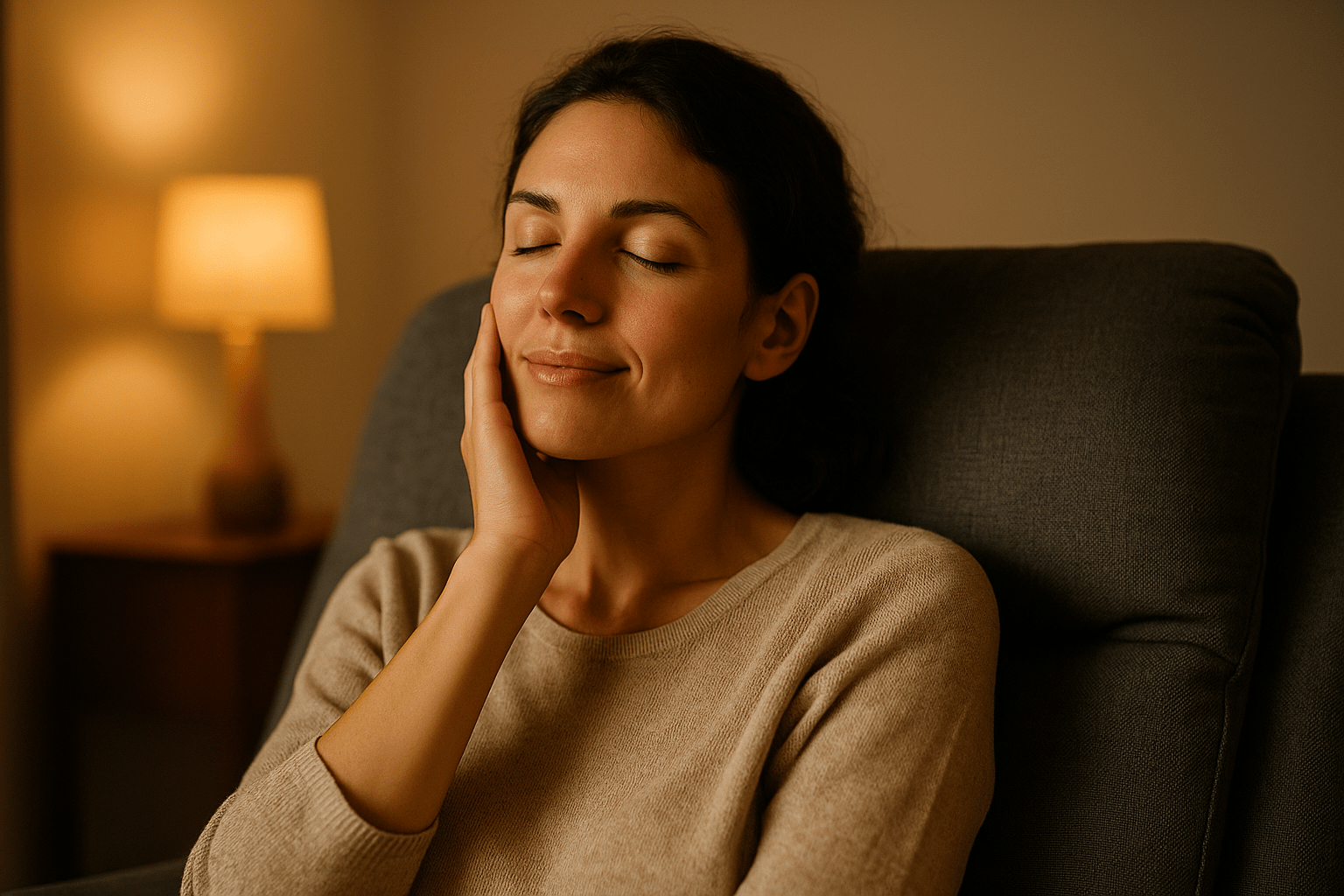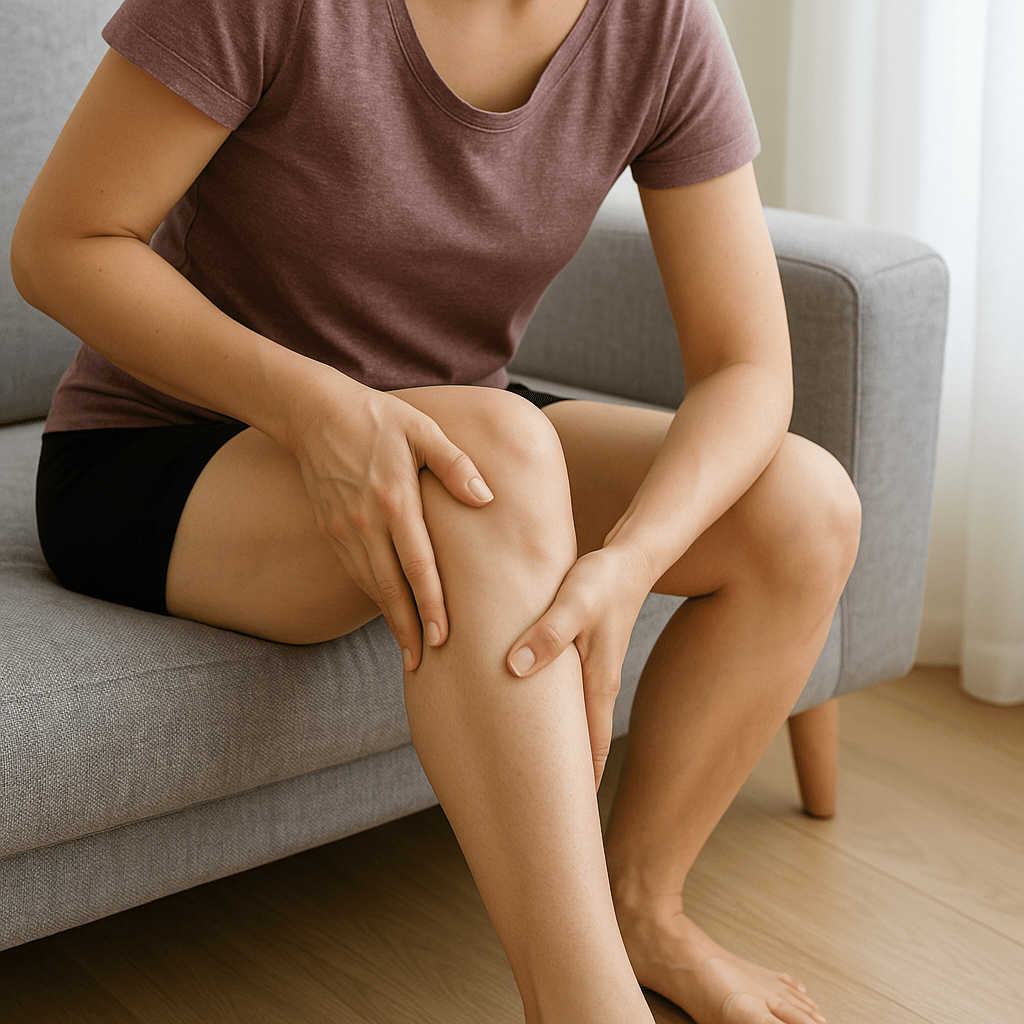Pain management: understanding pain and achieving a better quality of life
Imagine there is an invisible language that puts your body and mind on alert. A language so basic that it is spoken by everyone. This is pain. Pain is a universal experience that all of us know. But have you ever wondered what exactly pain is? There are two main types: acute and chronic pain. While acute pain is usually short-lived and has a direct cause, chronic pain is longer-lasting and often more complex in nature. This is where the concept of pain management comes into play. Pain management is a crucial approach for pain patients to understand their pain...


Imagine there is an invisible language that puts your body and mind on alert. A language so basic that it is spoken by everyone. This is pain. Pain is a universal experience that all of us know. But have you ever wondered what exactly pain is?
There are two main types: acute and chronic pain. While acute pain is usually short-lived and has a direct cause, chronic pain is longer-lasting and often more complex in nature. This is where the concept of pain management comes into play. Pain management is a crucial approach for pain patients to understand their pain and deal with this ubiquitous, yet often misunderstood, experience.
In this article, we will focus on understanding this hidden language and show you how your body communicates with you and what ways and means there are to deal with it. We will focus on pain therapy and the concept of pain management, which helps patients to understand their pain and learn how they can achieve a better quality of life.
Reading tip: If you are interested in pain management, read our article: "From head to toe: massages help here."
What exactly is pain management?
You could say that pain management is both an art and a science. It aims to control and minimize pain. It is a comprehensive process that involves not only relieving pain, but also understanding its causes and effects on a person's life.

In this process, various techniques and treatments are used that are individually tailored to the type, intensity and location of the pain. All with the ultimate goal of improving the to improve the quality of life of those affected and to enable them to lead an active and fulfilling life. Pain management is therefore a central component of healthcare, especially pain therapy, and indirectly important for the well-being of each individual.
Pain management: nursing staff as the first point of contact
The spectrum of care measures is extremely broad. It can be applied in a wide variety of settings, from hospitals to outpatient care services, from the patient's own home to specialized pain clinics, and ranges from precise observation and documentation of the course of pain to the application of special care techniques. The measures also include educating and training patients about pain management techniques and the importance of pain control.
Nurses are often the first point of contact for pain patients and play an important role in assessing the intensity of pain and the effectiveness of treatment. Their knowledge and experience are essential for the development of individualized and effective pain management.
Objective of the expert standard pain management
High-quality, evidence-based care for people with pain - that is the aim of the expert standard on pain management. This standard provides guidelines and best practices for the recognition, assessment and, of course, treatment of pain.
It is designed to take into account both the physical and psychosocial aspects of pain. After all, anyone who has suffered from severe pain knows that it is much more than just a physical burden, but also a psychological one. To minimize this, it is important to first understand your own pain. This includes determining, as far as possible, where the pain comes from and what effects it has on the pain patient.
By implementing this standard, healthcare professionals can ensure that patients receive individually tailored and effective pain treatment. The expert standard also promotes continuous training and awareness-raising for healthcare professionals in this important specialist area of pain management.
Pain management: Start
Pain management begins with the early detection and accurate assessment of pain. Immediate and accurate diagnosis is critical to developing an effective treatment plan. Early recognition of pain can also help prevent the development of chronic pain conditions.
This requires careful history taking and regular monitoring of patients. Pain management is a proactive process that requires close collaboration between patients and healthcare professionals to achieve the best possible outcomes. This is why many professionals also refer to self-management as the basis for pain management.
Pain therapy: a spectrum of relief
One of the most important components of pain management is pain therapy. It involves a variety of treatment approaches, including drug therapies, physical treatments, psychological support and alternative healing methods. Therapist Simon Gilljohann gives us an insight into the work of pain therapy in our interview.
Each treatment plan is individually tailored to the pain patient, based on the type, duration and intensity of the pain. The aim is to effectively control the pain while minimizing the side effects of the treatment. Pain therapy is a dynamic process that is regularly reviewed and adjusted to meet the patient's needs.
Strong together: teamwork in pain management
The interaction between different specialists is of central importance here. Doctors, nurses, physiotherapists, psychologists and even social workers can be part of the treatment team. Each brings specific knowledge and skills to the table in order to create a holistic treatment plan. Communication between these professionals and the involvement of patients in the decision-making process are essential for the success of pain management.
Patients can also benefit from self-help groups and patient counseling, which offer additional support and resources. The exchange between pain patients leads to the realization that they are not alone with their pain and can help them to understand their own pain.
The combination of specialist knowledge and a patient-centered approach enables more effective and empathetic pain treatment. It should not be underestimated how crucial it is for the success of pain therapy that patients themselves play an active role.
Personal initiative in pain management
In fact, being proactive in pain management is a key to success. As a pain patient, you can help to relieve your pain by actively participating in treatment and learning self-management techniques. This includes exercises, relaxation techniques and stress management strategies.
Learning how to recognize and respond to pain signals is an important step in pain management to regain control over your own health and well-being. By taking responsibility for your own body, you can positively influence your treatment and develop a sense of self-efficacy.
Support in pain management: beyond medicine
Supportive measures in pain management include a wide range of activities and therapies aimed at reducing pain and promoting well-being. These may include dietary changes, the use of supportive aids such as orthopaedic pillows and participation in support groups.
Alternative forms of therapy such as healing massages, yoga, meditation or art therapy can also have a positive effect on the sensation of pain. In our article "How effective are massages really" you can find out how healing massages can have a positive effect on your well-being.
These measures complement medical treatment and contribute to a holistic approach to pain management.
Understanding pain: Using pain management to live a more conscious and fulfilling life
Unfortunately, pain is unavoidable in our lives. It is particularly important for pain patients with chronic pain disorders to learn how to lead a better life despite pain through pain management.
This includes understanding the pain holistically - as a language that tells us something important. Through effective pain management, we can learn to understand and respond to this language instead of fearing it. As with any language, there are different "expressions" - acute and chronic pain - and different ways of dealing with it. Pain management and pain therapy help us to better understand and deal with pain.
Pain management is not just about relieving pain, but also about developing a better understanding of your own body and its needs. It is a path that requires courage and perseverance, but it is a path that can lead you to an improved quality of life.

Co-founder and Managing Director of Massage Chair World. With his expert knowledge and industry expertise, he helps private individuals and companies to find the right massage chairs for relaxation, health and vitality. The individual expert advice is provided both by telephone or video chat, as well as in the exhibition outside Stuttgart.




